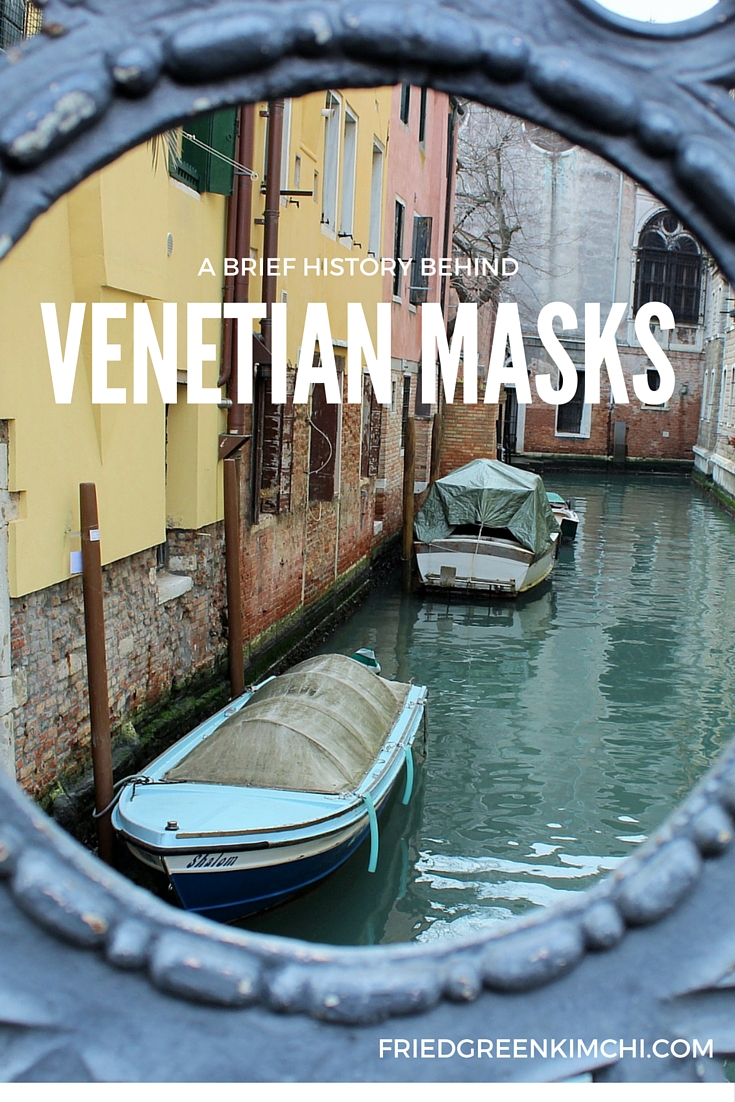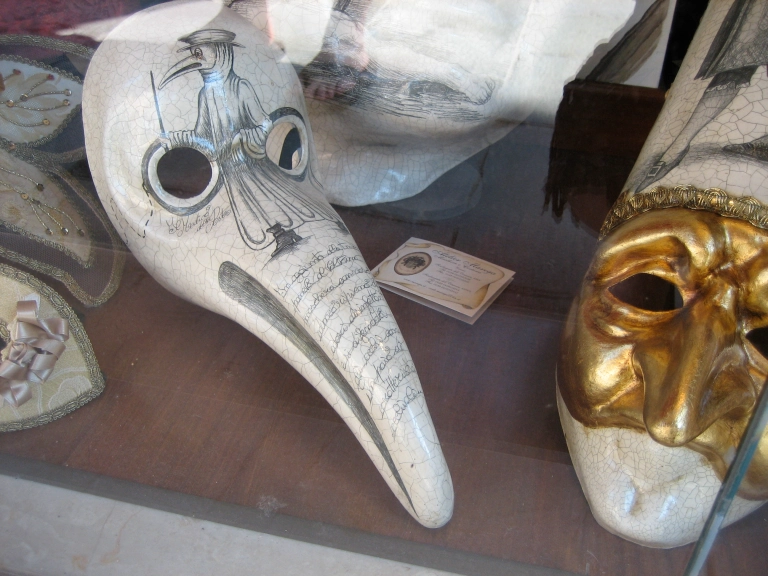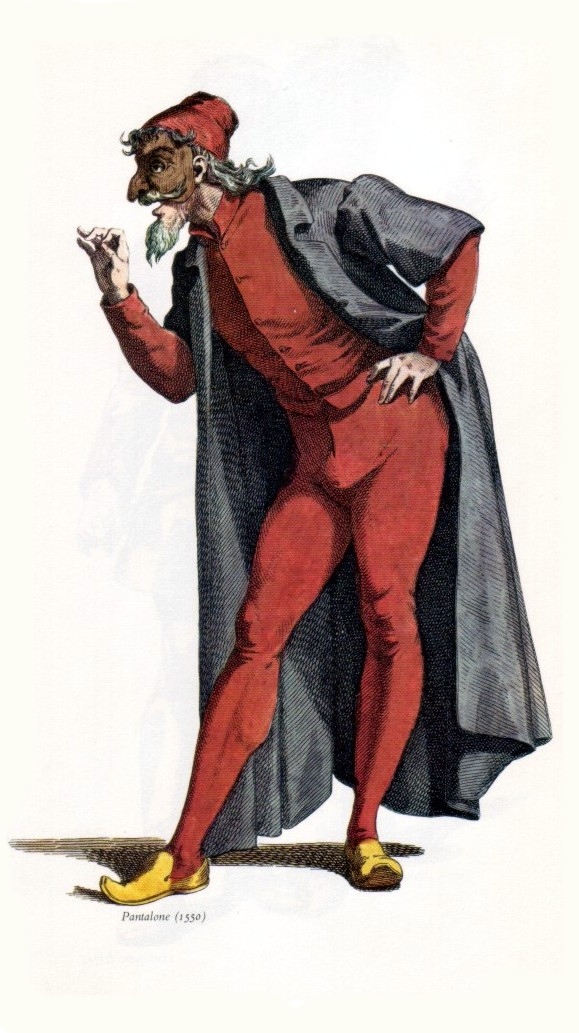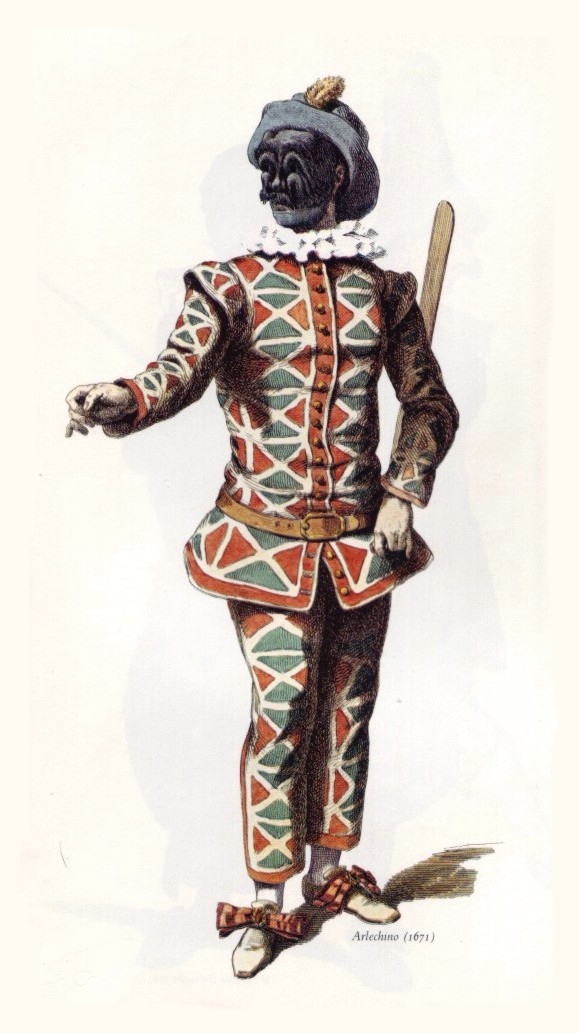
My only regret from travelling Europe recently is not doing my research about Venetian history. I had only read up about the sites & of course, I will post info & my recommendations for sites later on. However, as soon as we left Venice I began reading about Carnivale & the use of masks in Venetian history. Suddenly those overpriced souvenirs were far more interesting than they seemed at first glance.
Laws pertaining to Venetian masks date as far as back as 13th Century. Many Venetians wore the masks as a disguise from their social status, for romantic purposes or even during political meetings. Masks could be worn between the festivals of Santo Stefano and Carnivale. They were also allowed on Ascension, and from October 5 until Christmas meaning a quarter of the year could be spent in disguise.
So, with Carnivale currently in full swing let’s talk about the different types of Venetian masks.
Zanni
Zanni is a stage character meant to be unintelligent. The mask is leather & covers half the face leaving the mouth & chin visible. The mask has large eye holes with low slanting brows. It is most notable for the long nose curved at the end, meant to symbolize stupidity.

Bauta
This mask has a large nose, extended chin and no mouth. The extended chin is designed so that it can be worn while eating, drinking or talking. Historically it was worn with a cape and a tricorn hat. This mask had to be worn by all citizens during political decision making events to preserve anonymity.

Medica della peste – The Plague Doctor
This was the mask worn by doctors during the 17th century break out of the bubonic plague. The mask has a long, hollow beak & round eyes covered with clear lenses. The beak is designed to hold flowers & herbs as doctors believed the plague was contracted through inhaling bad odors. The other sanitary precautions to be worn with the mask included an ankle length coat, a wooden cane for moving patients without touching them and a wide brimmed hat to indicate their profession.

Photo credit: Tracy Elaine
Servetta Muta/Moretta
This mask could be called the mute servant woman or the dark woman. The mask is a black oval covering half of the face. The top of the forehead & cheeks were revealed. The mouth & nose are concealed & the mask is held in place through a bit that the masked woman must bite to hold it, thereby making her mute.

Volto
Volto is Italian for face & this mask can also be called Larva, Italian for ghost. It is traditionally white though now it is often decorated & painted. It is worn with a cloak & a tricorn. The volto covers the entire face including the forehead & extending beyond the chin just to the ears. It has eye holes & facial features but cannot be worn while eating or drinking.

Pantalone
Pantalone, meaning he who wears the pants, is a classic Italian stage character. The mask covers half of the face revealing the mouth & chin. The mask has a large, beak like nose, raised eyebrows & slanted eyes to look like a wise but sad older man.

Arlecchino
This mask is for the comedic character, unreasonable & full of emotion. Arlecchino would often be on stage as a servant to Pantalone. The mask has large, arched eyebrows, a short, wide nose & a bump on the forehead symbolizing a horn. It covers half the face revealing the mouth & chin.

Colombina
The most commonly seen mask today thought not traditional, is the Colombina. This mask is a modern creation named after the Italian stage character. The mask covers only the eyes, noses & upper cheeks. It is highly decorated in gold or silver sometimes including feathers & crystals. This mask can be held by baton or tied with a ribbon.


Ben & I wore Colombina masks to a masquerade years ago without knowing what they were. These are cheaper versions, of course, bought at the mall. Masks in Venice are considerably more expensive because of the craftsmanship put into them. Mascheraris are the mask makers & they spend hours crafting the details of their masks. Mascheraris played a large role in Venetian history & have their own statue.
Below is a tourism video with an interview with one of the mask makers for Eyes Wide Shut.
So which of these masks is your favorite? Which mask would you want to wear for Carnivale this year? Leave me a comment below.


Great post, I love Italy 🙂
LikeLike
Thanks Jessica! I love it, too!
LikeLike
Great Post, very informative.
LikeLike
Thanks Miranda! It’s such an interesting part of the culture!
LikeLike